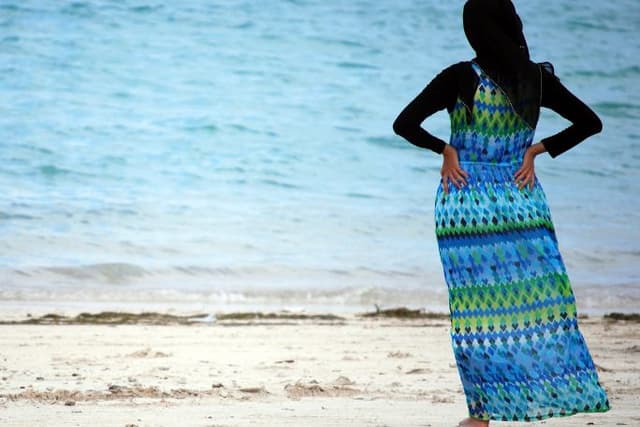Learning intentions
Students will:
- investigate the ways advertising shapes how Australians see themselves, who is represented or excluded, and how marketing can promote a more inclusive and diverse Australia.
Success criteria
Students can:
- identify and explain how symbols, images and identities are used in advertising to represent Australia’s diversity
- analyse advertising from different perspectives, recognising inclusion and exclusion, and reflect on how assumptions shape these representations
- create their own inclusive advertising media that uses imagery, language, and symbols effectively to promote diversity and belonging.

